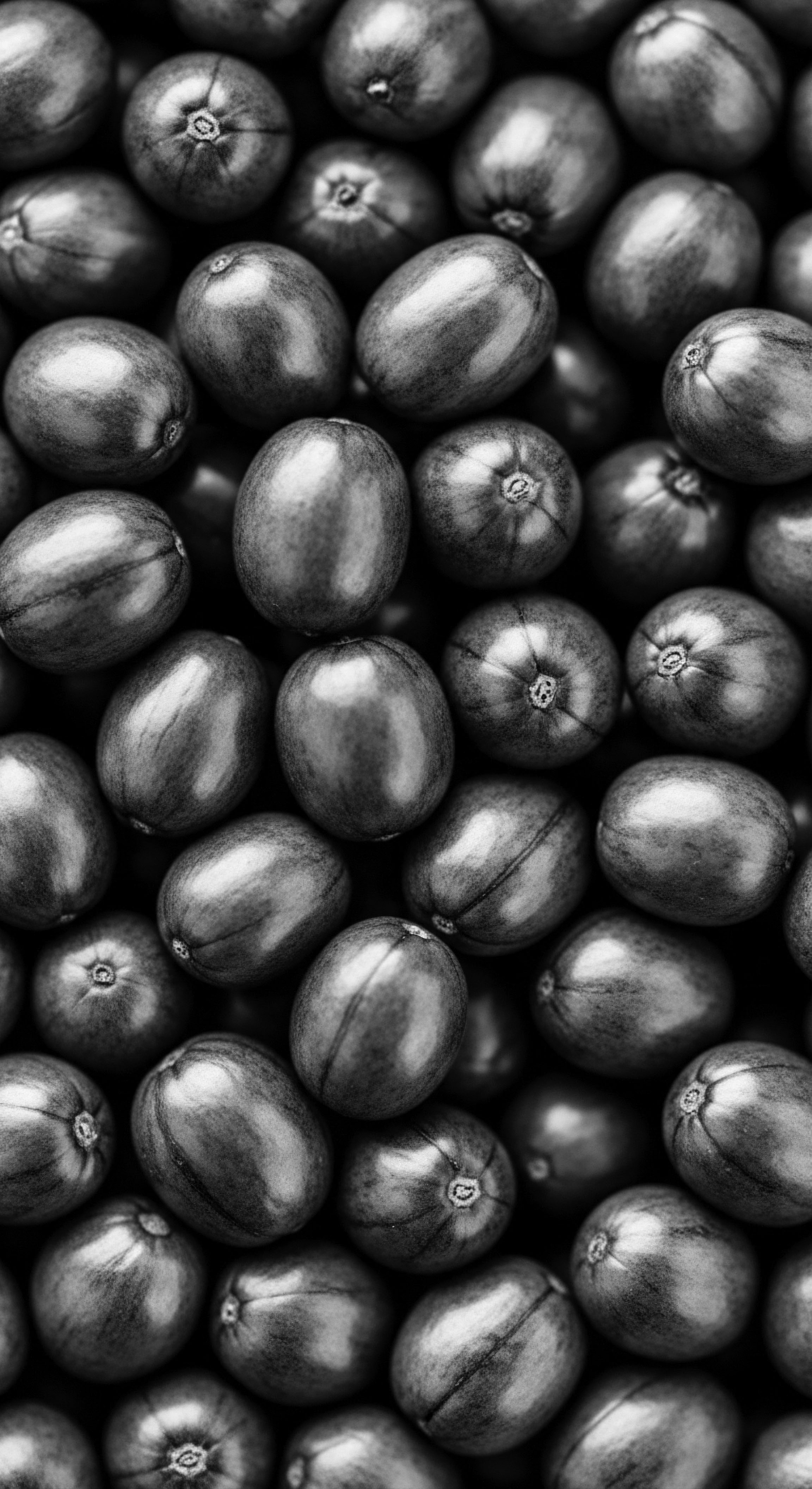
What plants historically colored textured hair?
Historically, textured hair was colored using plants like henna, indigo, and logwood, reflecting deep cultural connections and ancestral care practices.

In what ways did cultural ceremonies involve henna for textured hair?
Cultural ceremonies deeply involved henna for textured hair, providing beautification, protective strengthening, and symbolic blessings rooted in ancestral lineage.

How did ancestral communities prepare henna for textured hair?
Ancestral communities prepared henna for textured hair by grinding dried leaves into a paste, often with acidic liquids and beneficial herbs, nurturing hair health and cultural identity.

What traditional applications of henna link to textured hair vitality?
Traditional henna applications link to textured hair vitality by strengthening strands, improving condition, and preserving ancestral hair care practices.

What ancient materials protected hair?
Ancestral communities used natural oils, butters, and clays to protect textured hair, deeply rooted in their heritage and environment.

Do ancient Egyptian ingredients help textured hair now?
Ancient Egyptian ingredients, used for millennia, offer tangible benefits for textured hair today, affirming a rich heritage of holistic care.

How did African plants aid textured hair styling through history?
African plants provided essential elements for styling textured hair, deeply rooted in heritage, offering nourishment, protection, and cultural expression.

What natural elements nourished ancient Egyptian textured hair?
Ancient Egyptians nourished textured hair with natural oils, honey, henna, and animal fats, honoring heritage and vitality.

How did ancient Egyptians moisturize and strengthen textured hair?
Ancient Egyptians moisturized textured hair with oils, honey, and fats, strengthening it with henna and protective styling.

What natural ingredients did ancient Egyptians use for textured hair?
Ancient Egyptians used natural oils, honey, henna, and animal fats to nourish and style textured hair.

Henna Hair Influence
Meaning ❉ The Henna Hair Influence describes the historical and cultural impact of henna on textured hair, rooted in ancestral practices and holistic care.

Lawsone Hair
Meaning ❉ Lawsone Hair describes the hair's interaction with the lawsone molecule from henna, imparting color and conditioning while honoring ancestral practices.

What specific plants were used in historical textured hair rituals?
Historical textured hair rituals employed plants like shea butter, chebe powder, amla, and henna, deeply rooted in ancestral care and cultural identity.

Henna Hair Practices
Meaning ❉ Henna Hair Practices involve applying Lawsonia inermis paste to hair for color, conditioning, and cultural expression, deeply rooted in textured hair heritage.

Middle East Hair
Meaning ❉ Middle East Hair signifies the diverse textures and rich ancestral care practices of the region, embodying a profound cultural and historical connection to identity.

Henna Hair Use
Meaning ❉ Henna Hair Use is the application of Lawsonia inermis to naturally color and condition textured hair, deeply rooted in ancestral traditions.

Henna Hair Rituals
Meaning ❉ Henna Hair Rituals embody an ancient practice utilizing Lawsonia inermis to color and condition textured hair, deeply rooted in ancestral wisdom and cultural identity.

Amazigh Hair
Meaning ❉ Amazigh Hair is Roothea's designation for the profound historical, cultural, and spiritual connection of Indigenous North African people to their hair.

How do historical rituals aid textured hair growth?
Historical rituals aid textured hair growth by emphasizing protective styling, natural ingredients, and communal care, preserving length and scalp health through generations.

